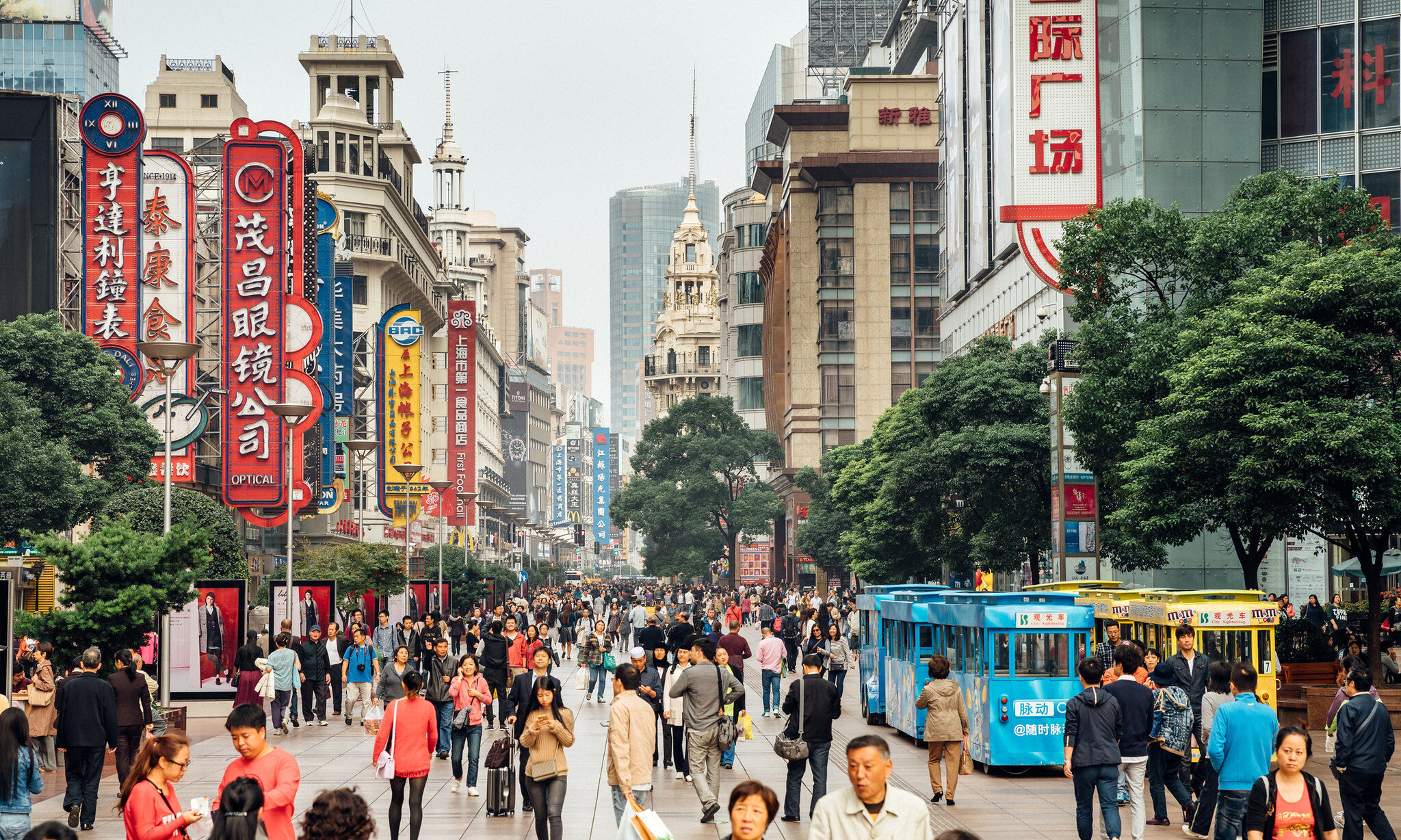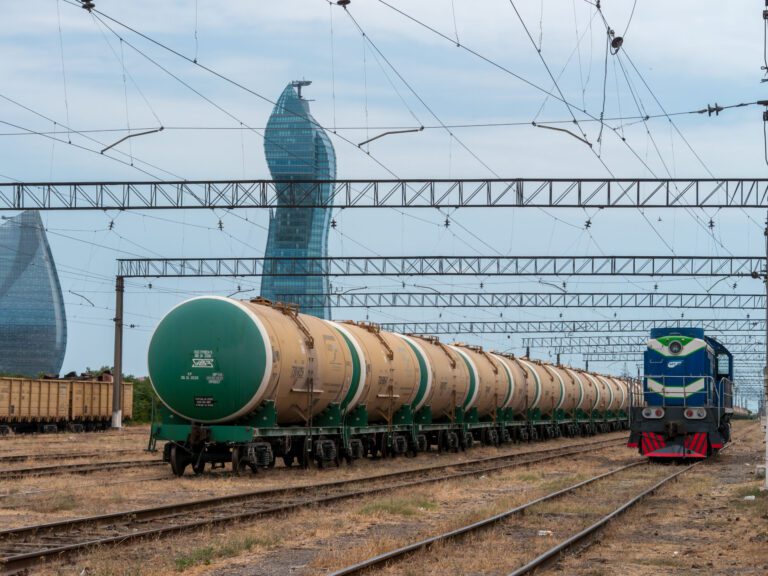Exploring the Potential for China-EU Collaboration Against Drug Trafficking

This article is part of a series of articles authored by young, aspiring China scholars under the Future CHOICE initiative.
Backed by suppliers from Afghanistan, Europe ranks among the major consumers of opiates. Simultaneously, China is grappling with a domestic drug trade fueled by the Golden Triangle while facing accusations of contributing to the global narcotic crisis, such as the US opioid epidemic involving fentanyl. Amidst the lack of positive agenda in EU-China relations, could drug trafficking be the one issue both sides can agree on?
In light of the recent opium ban in Afghanistan and the rise of Myanmar as the main source of cultivated opium, the drug market is likely to take a different turn in the foreseeable future, potentially relying more on Myanmar’s narcotic production. This shift brings the Golden Triangle, a geographical area in the Greater Mekong Subregion encompassing the border regions of Myanmar, Laos and Thailand, into focus. The region’s convenient location, Myanmar’s extensive poppy cultivation, and Thailand’s production of methamphetamine tablets have created an ideal breeding ground for drug trafficking.
The Golden Triangle: At the Heart of Drugs Production
Being the world’s leading opium producer, Myanmar is the main exporter of opioids, including heroin, its derivative. Its fertile land and favorable climate create perfect conditions for poppy cultivation, particularly in the areas that straddle China and Thailand, where the demand for these substances is high. Furthermore, Burmese farmers, whose precarious conditions have increasingly worsened since the coup in February 2021, represent an invaluable resource for drug traffickers, as they can cheaply and efficiently cultivate large quantities of opium poppy.
Myanmar’s unstable political situation could facilitate an increase in opium production and significantly impact the world’s drug markets. At the same time, Afghanistan’s opium supply, which has been satisfying European demand since the 1980s, might decrease, leaving an important vacuum in the market.
In fact, in April 2022, the Taliban regime enforced an opium poppy ban that could have a long-term impact on Europe’s narcotics traffic. This, combined with the population of Myanmar being in desperate need of a revenue, could turn the country into Europe’s main supplier of heroin.
A cheaper alternative drug to opioids produced and trafficked in the Golden Triangle area is methamphetamine. In 2023, seizures in Thailand accounted for 45% of all speed tablets seized in East and Southeast Asia. Furthermore, the maritime route through the Gulf of Thailand is increasingly becoming a hotspot for drug trafficking, as it has multiple points of contact with the Mekong region.
Finally, criminal organizations active in China are responsible for exporting the chemicals needed to produce fentanyl, a synthetic opioid, thereby fueling a crisis in which fentanyl is the primary cause of drug overdoses in the US.
The China-Indochina Drug Trafficking Corridor
It is often the case that already existing economic corridors pave the way for illicit trade routes. In fact, criminal organizations frequently rely on the China-Indochina path, which was initially established to trade goods within the Belt and Road Initiative (BRI), to smuggle drugs from the Golden Triangle. The Chinese province of Yunnan, in particular, is seriously affected by the consequences of its proximity to the Golden Triangle, having assumed the role of a transit hub for transnational organized criminal activities, such as human, wildlife and weapons trafficking.
After the publication of the Chinese Drug Report of 2023, it became clear that the majority of imported narcotics came from the Mekong area. However, in the traffic of illegal substances in the region, China seems to assume the role of both victim and offender, since most of the drug smugglers involved are ethnic Chinese.The China-Indochina drug corridor not only offers better road conditions than other routes but also represents an ideal solution for Chinese nationals, who have familiarity with the local language and customs.
The involvement of the Chinese province of Yunnan in the illicit drug trade is a drawback of the Reform and Opening-up policies of the 1980s, during which China embraced market economy principles, and traffickers seized the opportunity offered by the open-door approach to smuggle narcotics into the country. Thus, in the wake of China’s economic liberalization, new drug distribution networks formed. Starting from the 1980s, transnational criminal organizations began transporting opium from Myanmar across the border into Yunnan, where drugs could either be shipped to Guangxi and then to Shanghai, or to port cities, such as Guangdong, in order to reach Hong Kong, from where illicit goods could easily access the international market.
China’s War on Drugs
Amidst the “People’s War on Drugs” (禁毒斗争 jindudouzheng), China’s National Narcotics Control Commission identifies the Golden Triangle as the main supplier of methamphetamine and opioids. Furthermore, the Report on the Situation of Narcotic Drugs in China of 2023 records an intensification of transnational drug smuggling from the area, reflected in the upward trend in seizures on the Chinese mainland. Compared to the previous year, not only did seizures of speed pills and opioids increase significantly, but the quantity of smuggled commodities originating from the Mekong area also saw a dramatic rise.
Additionally, the report provides further confirmation of the Golden Triangle’s importance in the Chinese illicit drug trade. What stands out is that the amount of seized methamphetamine, heroin, and opium coming from the area accounts for 85%, 95% and 99% respectively of the total volume of these substances seized in China. Also, the report pinpoints Thailand’s prominence in the trafficking of cannabis, identifying it as the largest supplier to China.
In this context, China recognized the need for fostering closer ties and cooperation with Myanmar, Laos, and Thailand. Cross-border cooperation has been part of China’s strategy to curb drug trafficking since 2020. For instance, the countries’ combined efforts include joint law enforcement, crackdowns on organized crime, and regular meetings. Thai authorities are actively collaborating on the frontlines with Laotian, Vietnamese, and Chinese joint patrols and with the UNODC to uncover and disrupt illicit trade activities. Among the actors committed to counter drug trafficking is ASEAN, which initiated its active cooperation with China in 2000.
Despite the efforts, Myanmar’s lack of effective governance and widespread corruption have allowed the narcotics trade establish deep roots. The military coup of February 2021 exacerbated instability and weakened law enforcement. Additionally, as the pandemic left half of the population on the brink of poverty, many turned to cash crops and drug economy, hoping to generate an income. Hence, the hub of opium production in Southeast Asia is an issue that strictly depends on two factors: the form of government and how it exercises power.
In general, the countries of the Mekong region are acting collectively to address the challenges brought about by the trafficking of narcotic drugs, which remains difficult to counter given the complex interrelation of multiple actors and drivers. More concretely, last September, the Mekong Memorandum of Understanding on Drug Control, formed by Cambodia, China, Laos, Myanmar, Thailand and Vietnam, agreed on prospective cooperation key points. These include establishing additional drug prevention and treatment activities, addressing law enforcement cooperation shortcomings, and fostering international judicial cooperation and the implementation of development programs in the Mekong.
However, the upgrade of the Zhangfeng (China, Yunnan Province)- Bhamo (Myanmar, Kachin) Road, as well as the establishment of Cross-Border Economic Cooperation Zones aimed at promoting international trade between bordering countries, can have the side-effect of opening new channels for trafficking.
Drugs as a Conversation Opener?
Chinese criminal organizations provide chemicals for fentanyl manufacturing, which is produced in Mexico and then smuggled into the US. For this reason, with both the US and China involved, they decided to joint efforts to curb the crisis. However, since its start in 2018, the cooperation has not been linear due to fundamental divergences between the countries, such as the question of Taiwan and the human rights abuses of Uyghurs, which have led to the suspension of dialogues.
Since last November, China and the US have reached an agreement on a cracking down on fentanyl drugs, although the decision masks unresolved difficulties, which once again jeopardize the successful development of the partnership.
Conversely, the EU and China are proceeding with their dialogues on drugs to discuss potential threats and newly emerged synthetic narcotics. An important issue, for example, is the new opioid family produced in China and imported to Europe, nitazenes, which have been responsible for deaths in Estonia, Latvia, France and Ireland. One thing is clear: China’s “war on drugs” has not come to an end yet. The Chinese strategy needs to keep adapting to the diverse arising challenges. In the proximity of the Golden Triangle, where many jurisdictions, political systems, and economic factors come into play, it is imperative for China to encourage support and cooperation on multilateral level. Similarly to Europe, enhancing dialogues with China on curbing drugs can serve both the purpose of keeping a channel for communication open in times of deteriorating mutual relations, as well as serving the genuine interest of both parties involved.
Written by
Giulia Longhi
Giulia Longhi is a graduate student in the Master’s program in Chinese Studies at Leiden University. Holding a Bachelor’s Degree in Sinology from the University of Vienna, Giulia specializes in China’s culture, politics and history.


